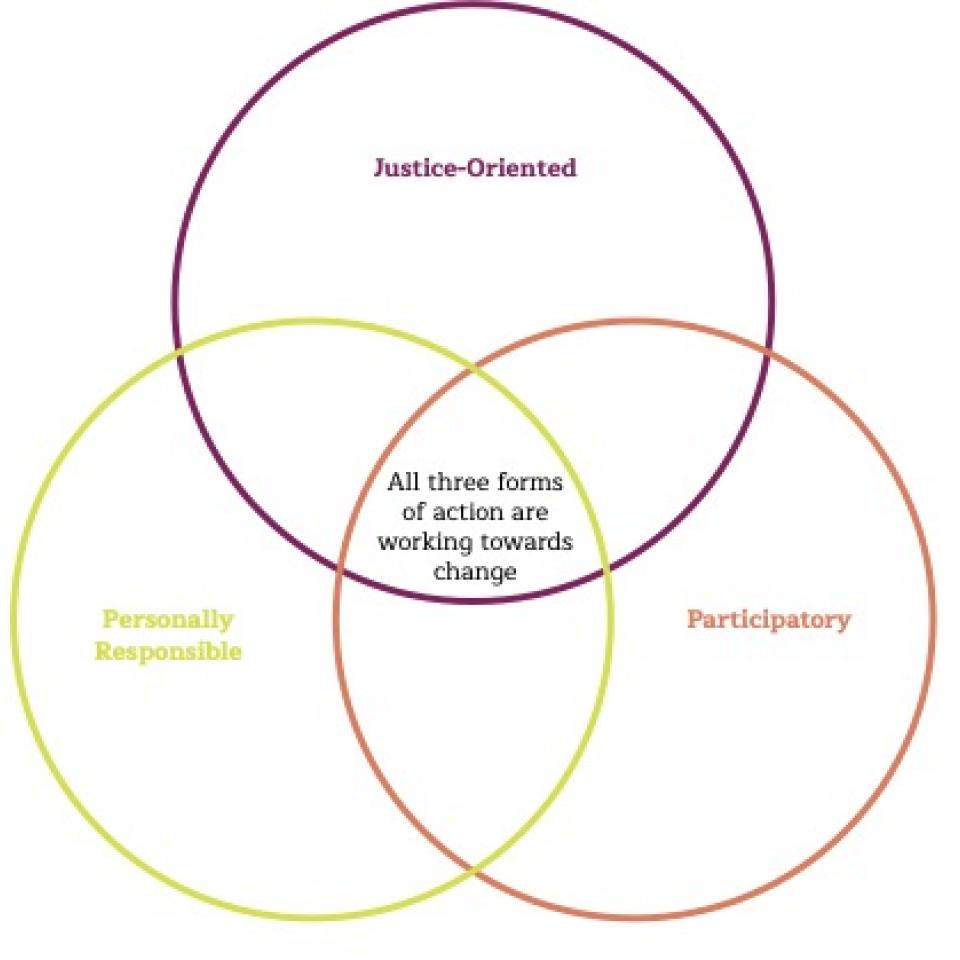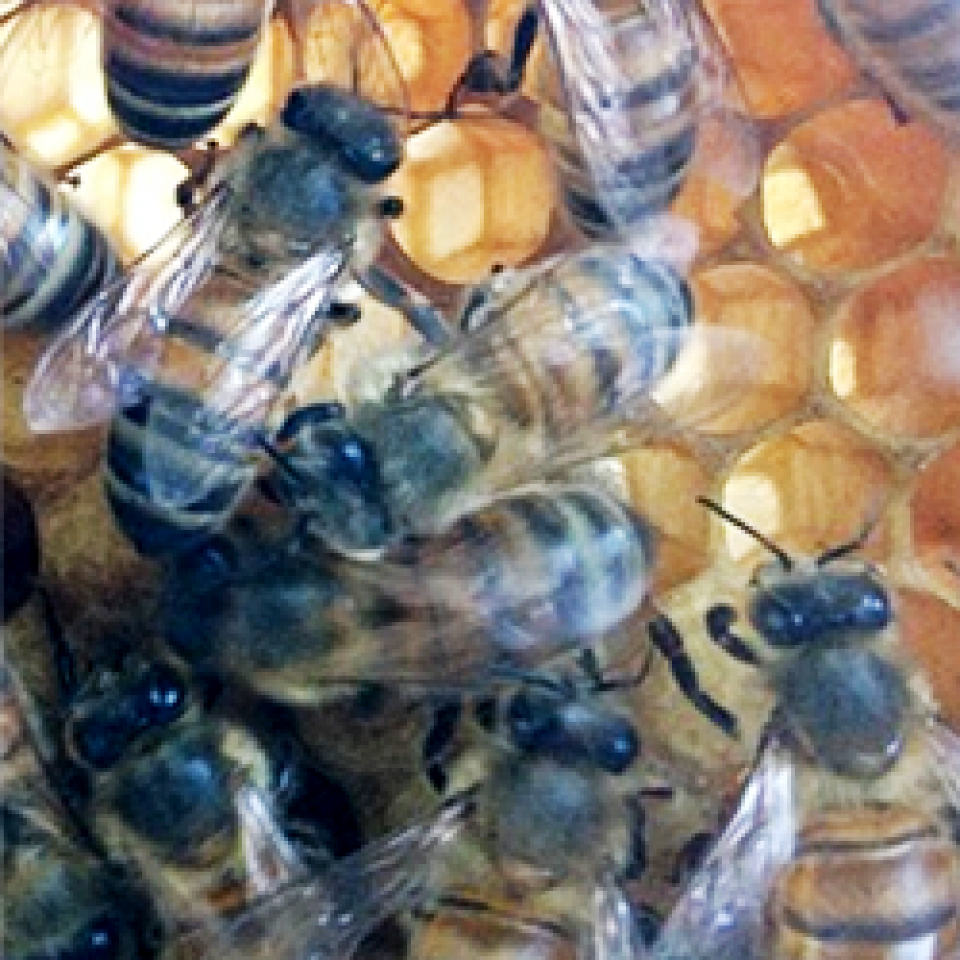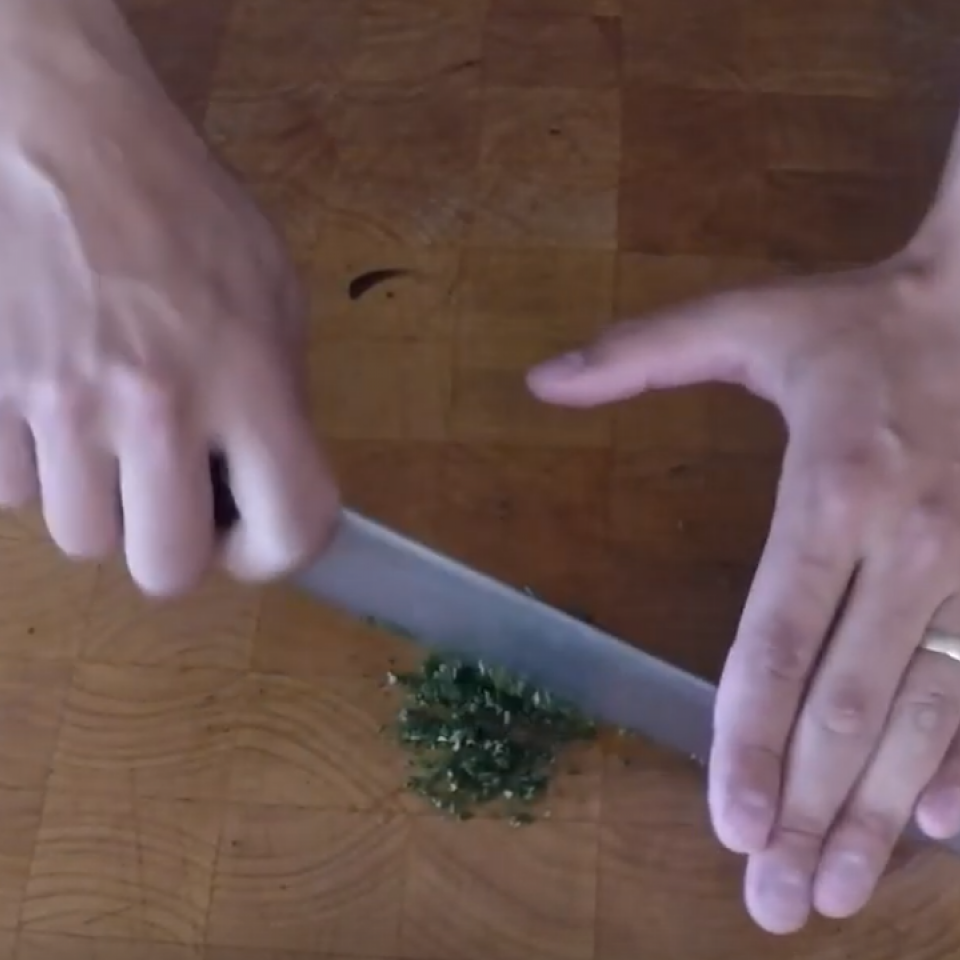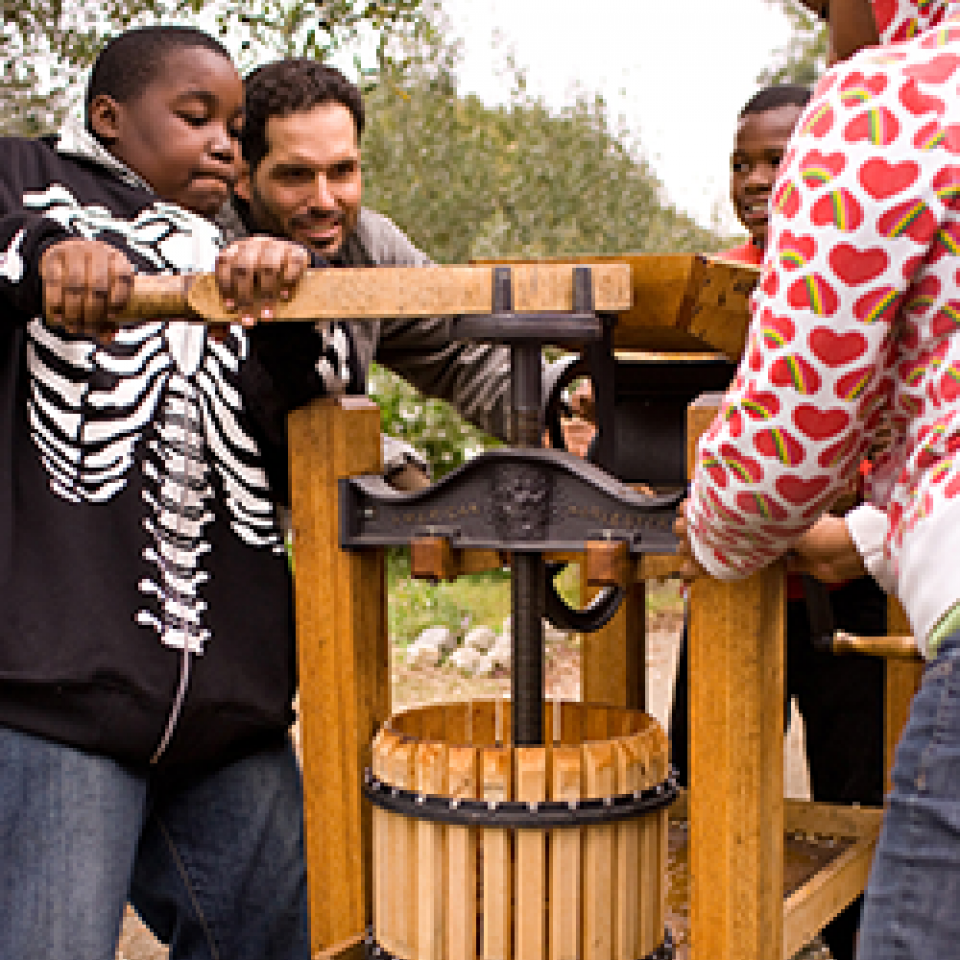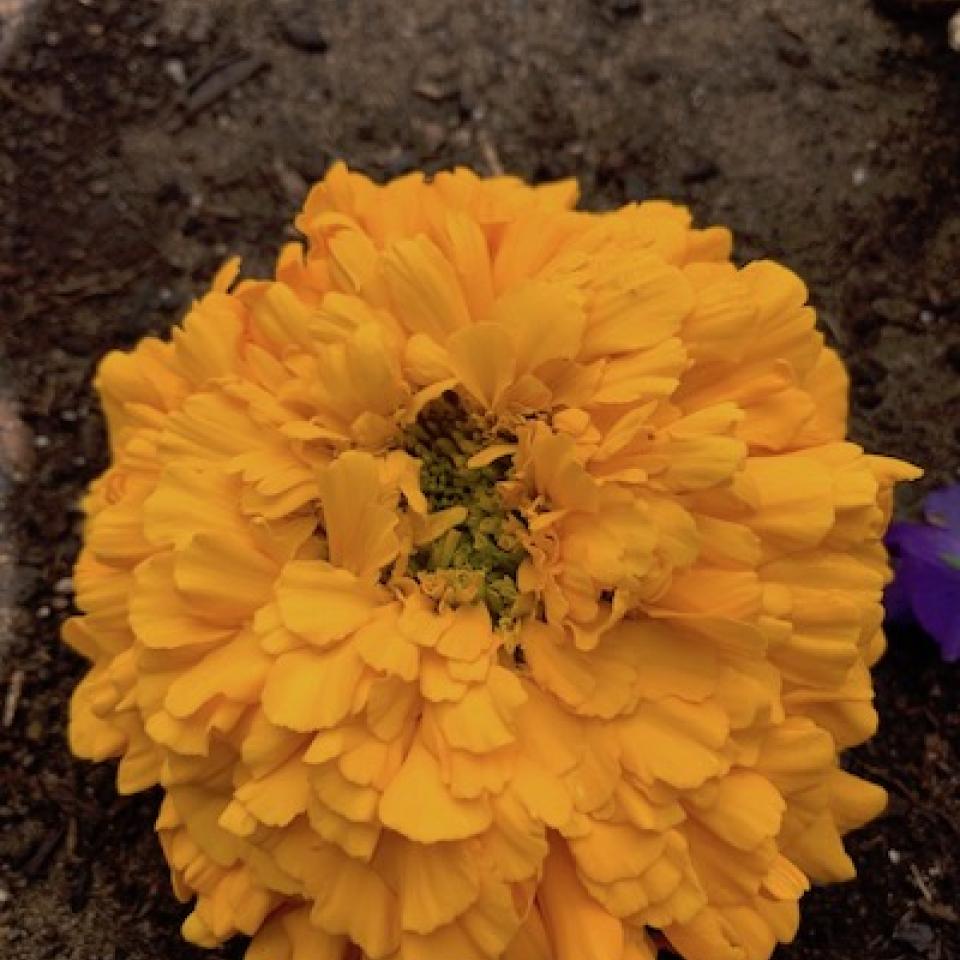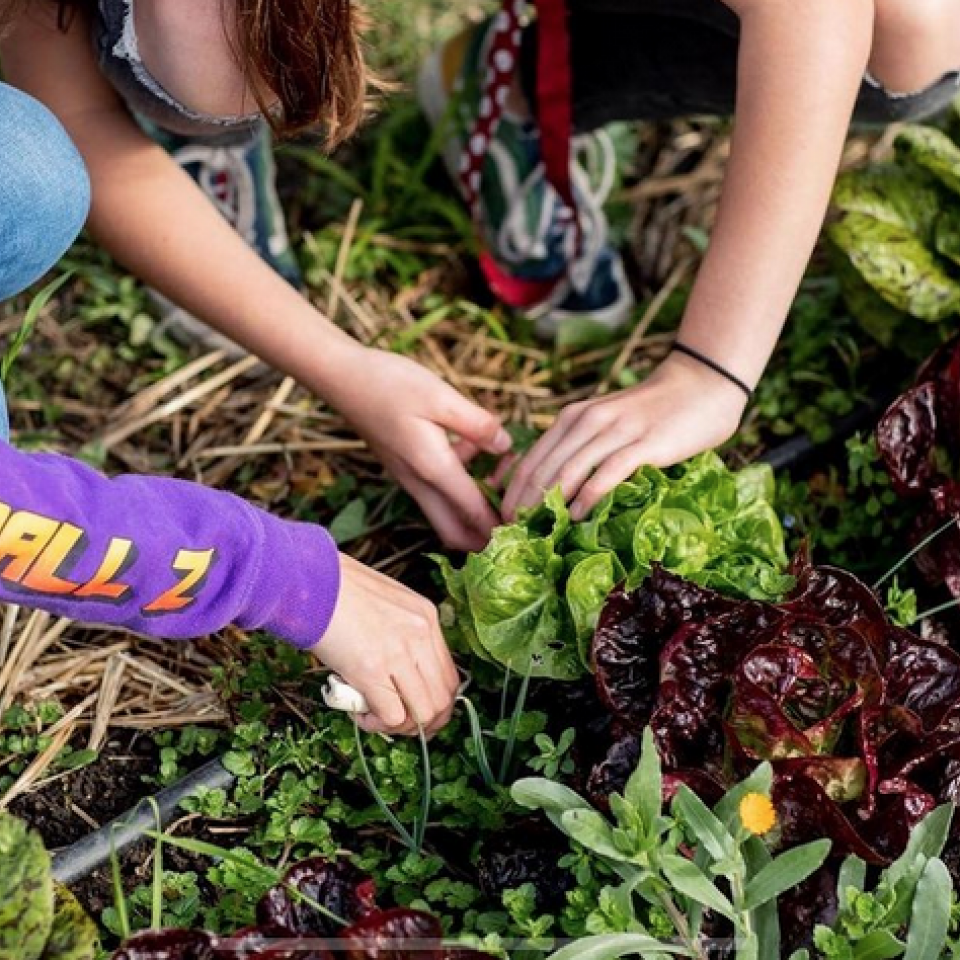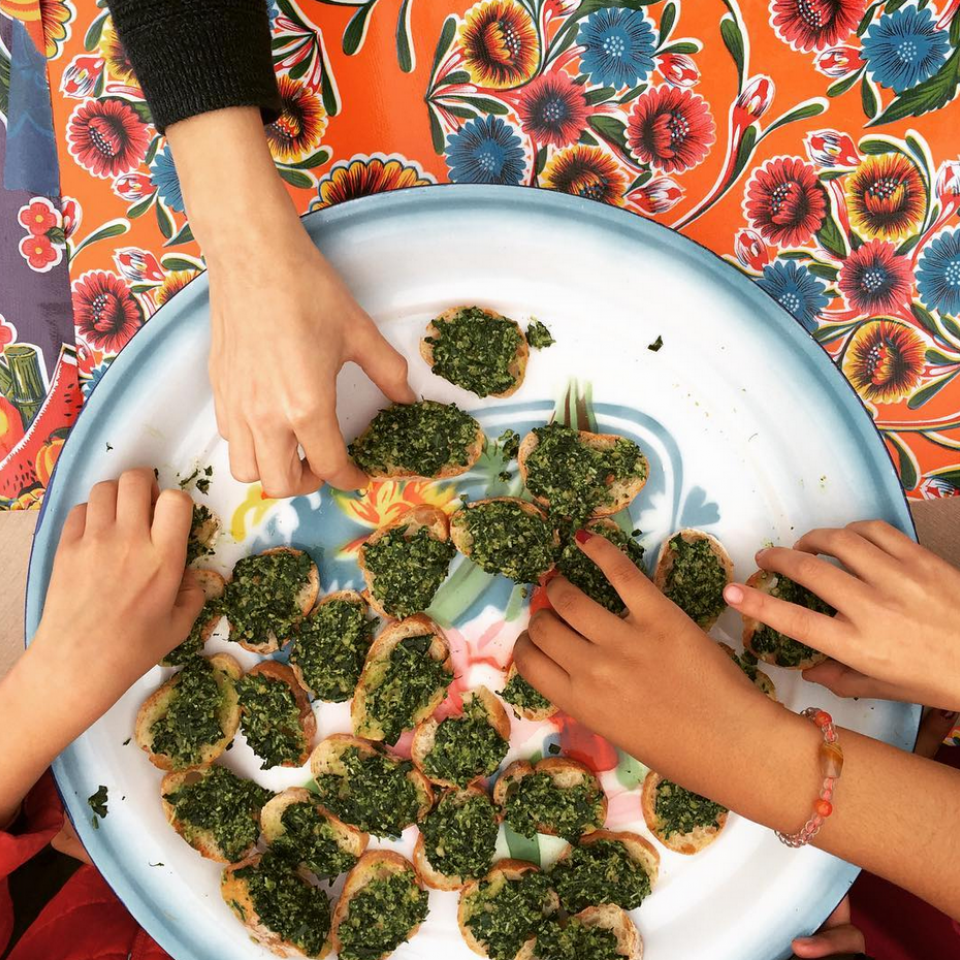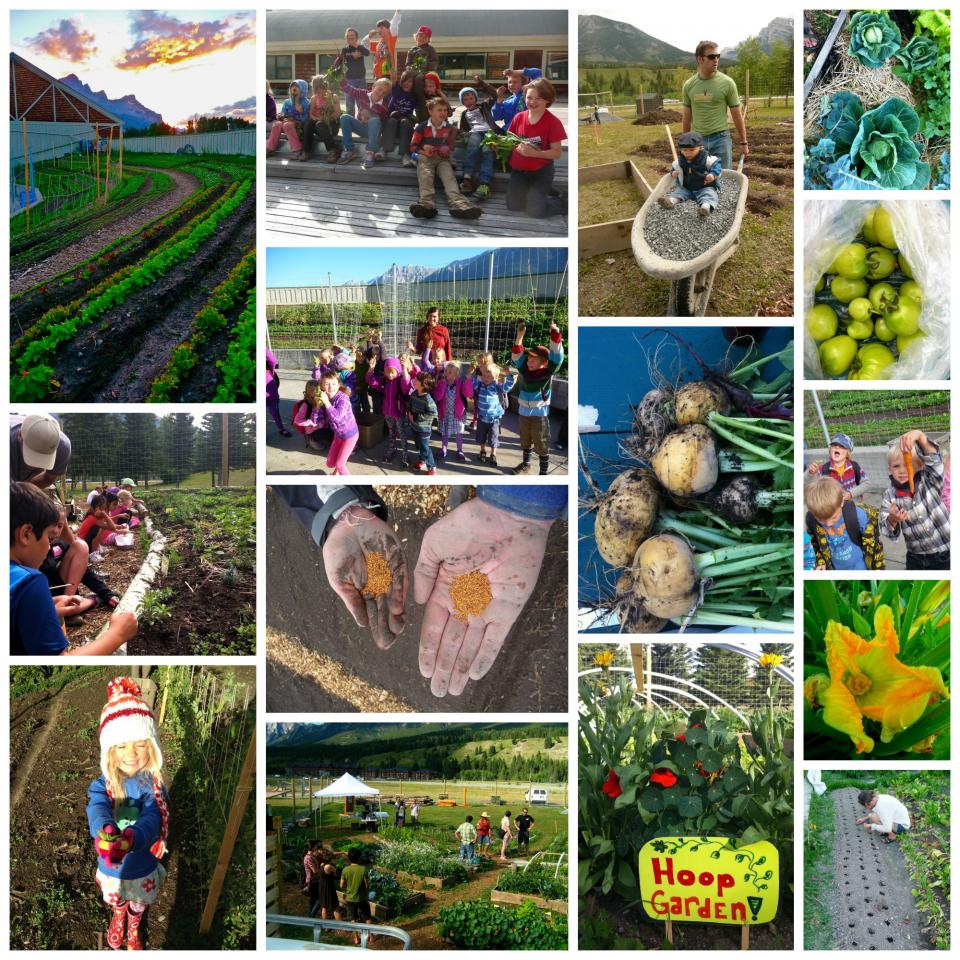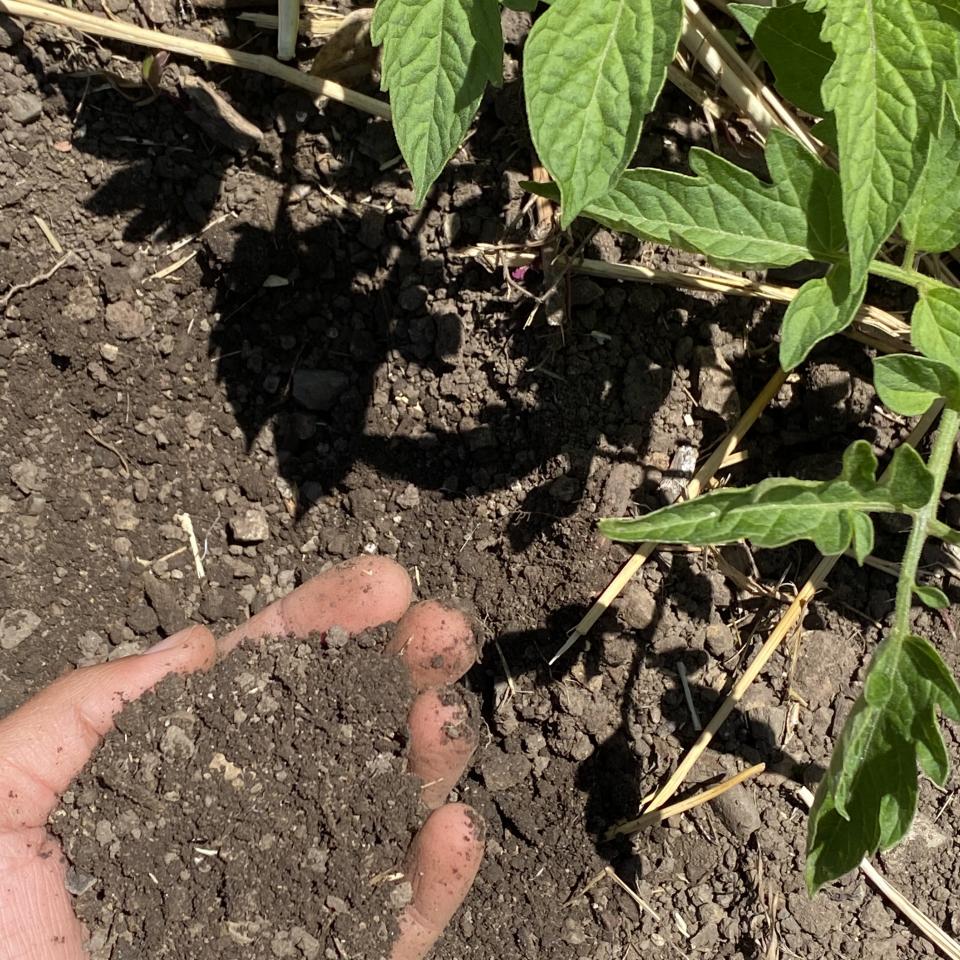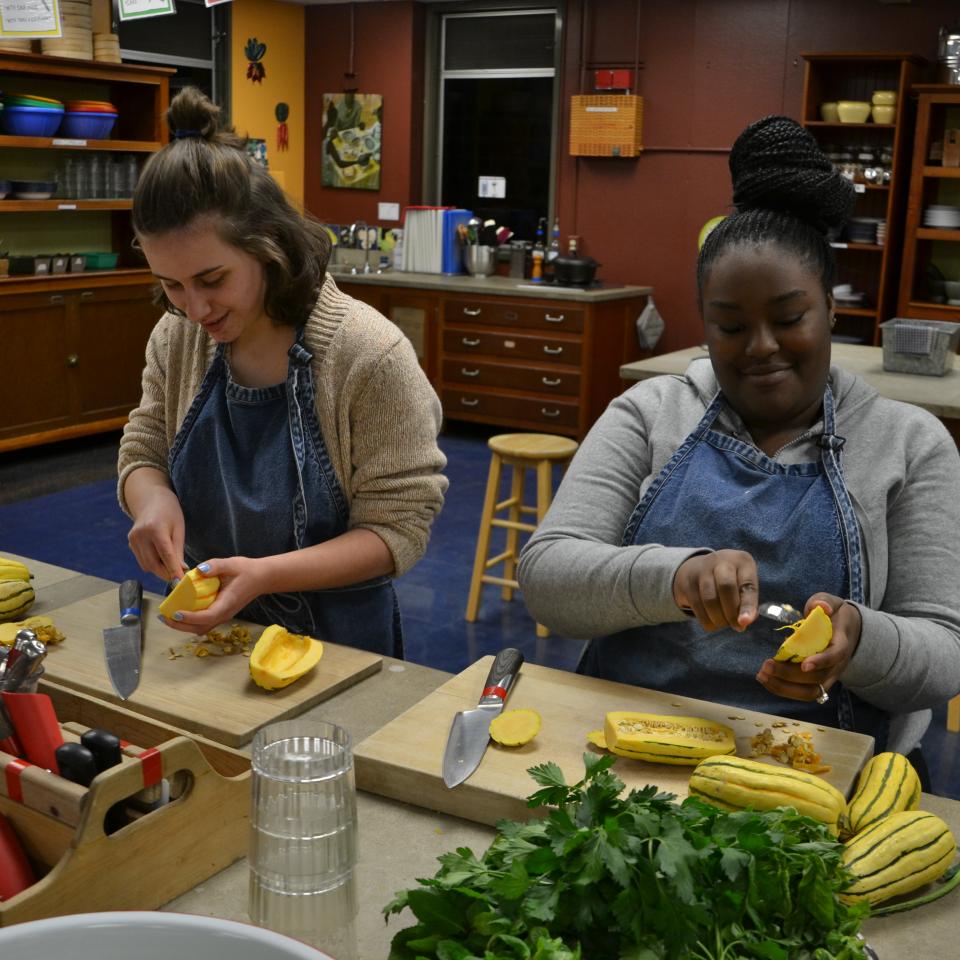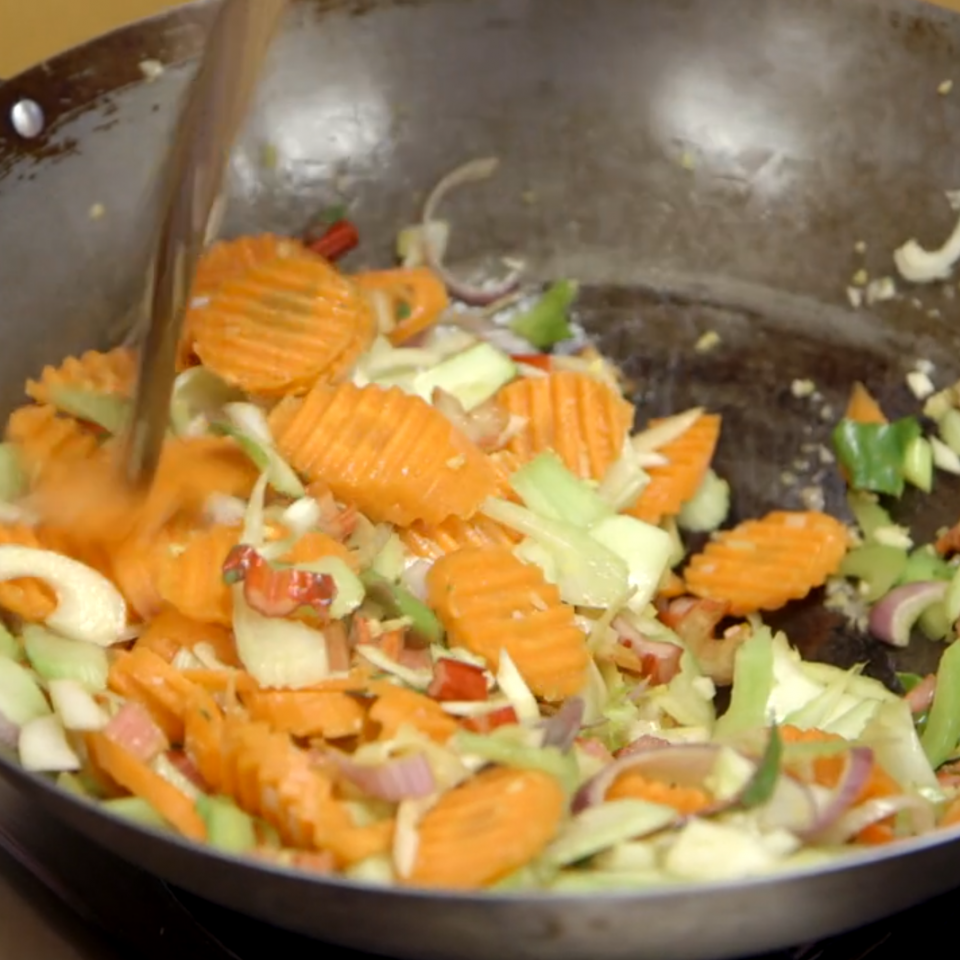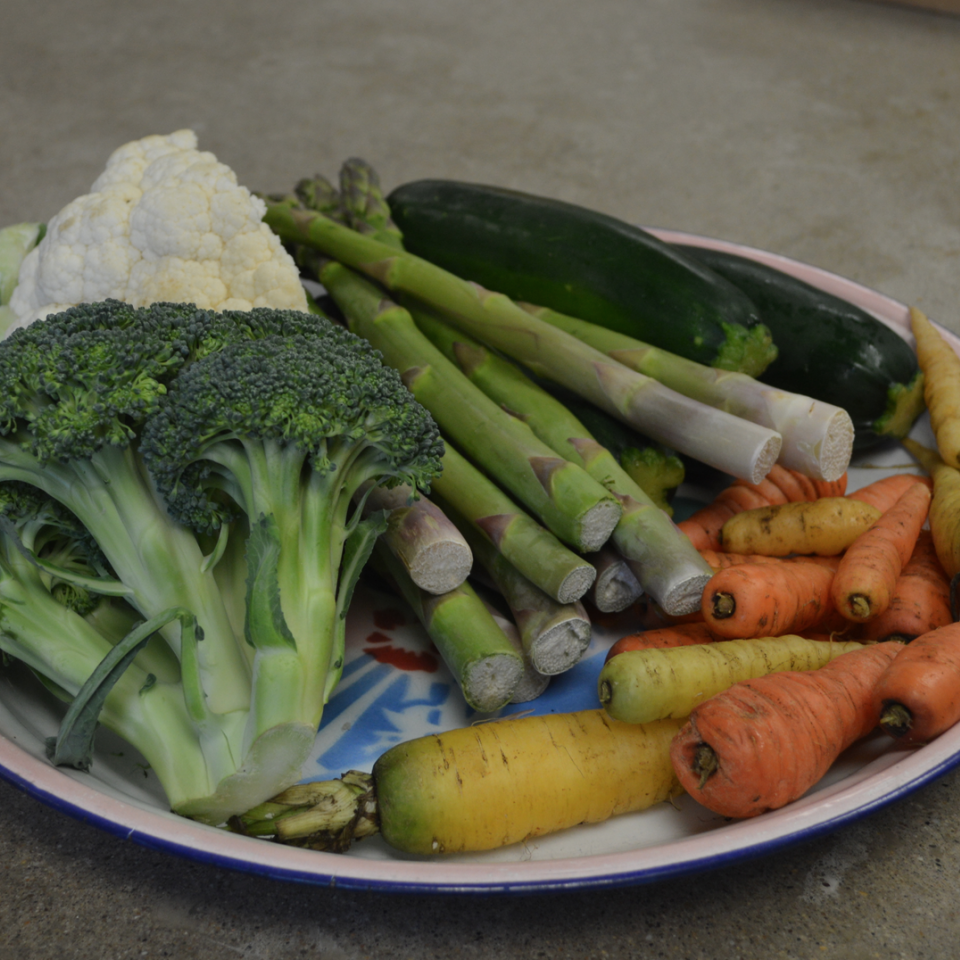
Search
6114 Results
Lake Forest, IL
United StatesOur kitchen infrastructure and systems directly inform how we run our classes. In the
Edible Schoolyard kitchen, our space has been specifically designed to enable students to
operate independently and create rich opportunities for exploratory learning.
In this lesson, students learn about three different forms of action that can be taken to make positive change. They then study individuals and organizations employing each of these kinds of action on issues related to "organic."
In this sixth-grade lesson, students prepare a soup with vegetables harvested from the fall garden while they practice knife skills and learn the basics of making stock.
In this lesson, students study bees in the garden and the important role of pollinators while rotating through three stations: Beehive; Catch, Observe, and Release; and Honey Tasting.
Do you want to know how to use a knife like a professional chef? Mincing is an essential knife technique that allows you to cut foods into very small pieces quickly. It is easy and satisfying to learn how to do!
In the lesson, An Introduction to Regenerative Agriculture, students explored the meaning of the term “regenerative agriculture”.
In this sixth-grade seasonal lesson, students use teamwork to collectively press cider and learn about apples.
Ever wonder why a flower looks the way it does? Or what the different parts of a flower are for? In this lesson, you will explore the structure of flowers and learn about flower parts and what they do. You will examine a flower and draw and label different parts of your flower.
This resource details some important ways to set up agreements in your class. Additionally, it provides suggested instructional practices that can support you in building an open, supportive, inclusive, and rigorous classroom community.
Have you eaten pesto before? Traditionally, pesto recipes are made with basil. In this recipe, we encourage you to experiment with different kinds of greens and herbs! In this lesson, you will practice the cooking skill of emulsifying by making a pesto.
In this lesson, students examine an infographic on strawberries and labor that shows the connections between strawberry growing, production, and immigration policies. Next, they choose from a list of topics explored in the infographic and complete a close read.
Arcadia, CA
United StatesCanmore, AB
CanadaIn this collection of lessons, students will engage in hands-on activities that explore the practices of organic farming. Students will complete a rotation of four activities: soil investigation, cultivation, planting cover crops, and creating a compost pile.
While Organic labels can tell us useful information about pesticides and other growing practices, they do not tell us much about another essential part of farming—the people who grow and harvest the food.
Sometimes, our peers (friends, classmates, neighbors, siblings, or cousins) might have ideas, questions, or perspectives that we would not have thought of on our own. You can learn from one another! In this lesson, you and a friend will chat about your kitchen goals and questions.
Sautéing vegetables is a great way to prepare a quick, healthy side dish. Now that you know How to Flip Food (if you haven’t yet completed this lesson, do it before continuing here) you are ready to sauté! Sauté means to leap or jump in French.
The ingredients we put into our cooking can sometimes have deep personal meaning behind them. Chances are you already have some ingredients with a special place in your heart. This lesson gives you a chance to reflect on those ingredients.

